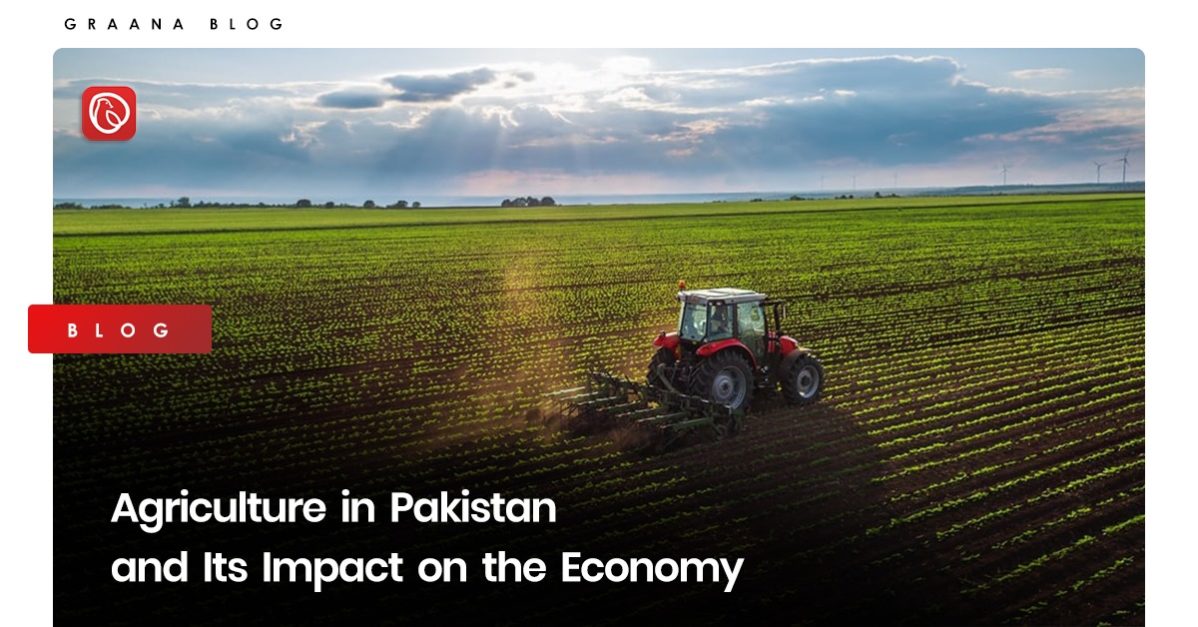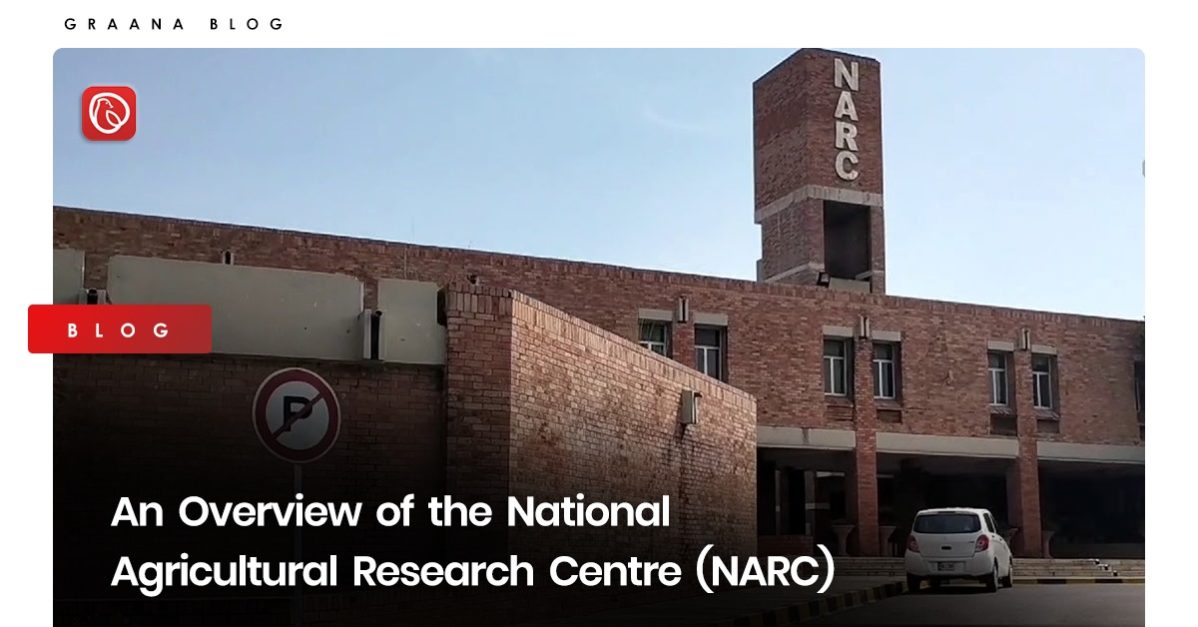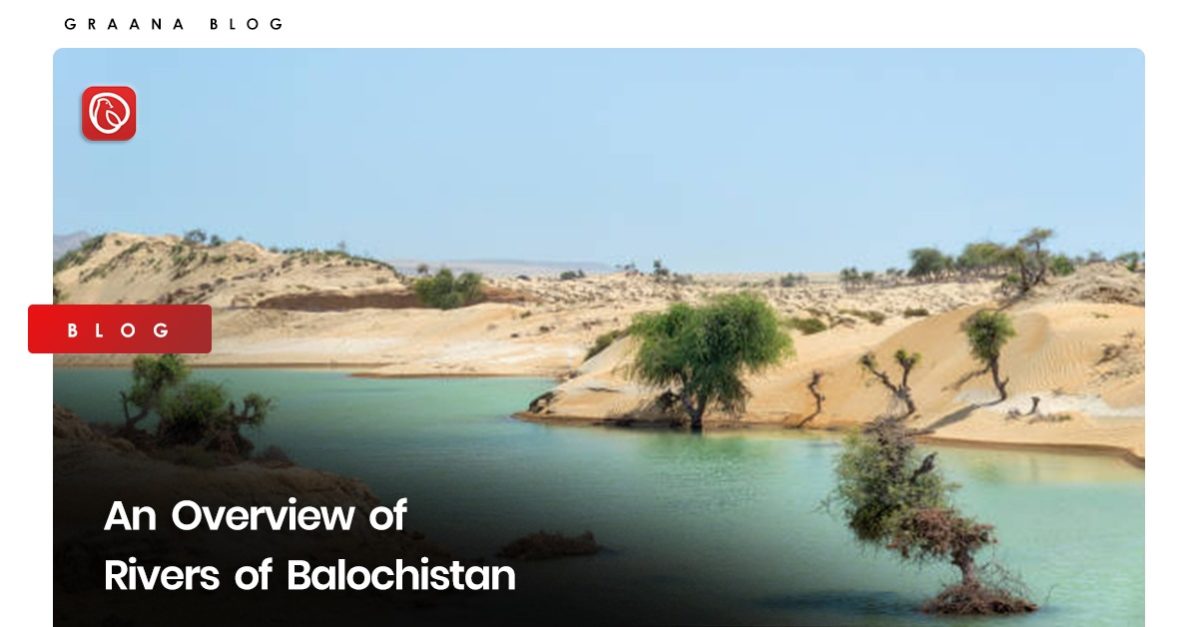Since its inception in 1947, the agriculture in Pakistan has played a significant role. It is not only a source of food for the growing population but also a significant contributor to the country’s gross domestic product (GDP). The sector employs a considerable portion of the country’s labour force, provides raw materials to various industries, and is a source of foreign exchange earnings.
Graana.com gives an overview of the different crops grown in Pakistan, the challenges faced by the agricultural sector, and its impact on the economy.
Crops in Pakistan: The Mainstays of Agriculture
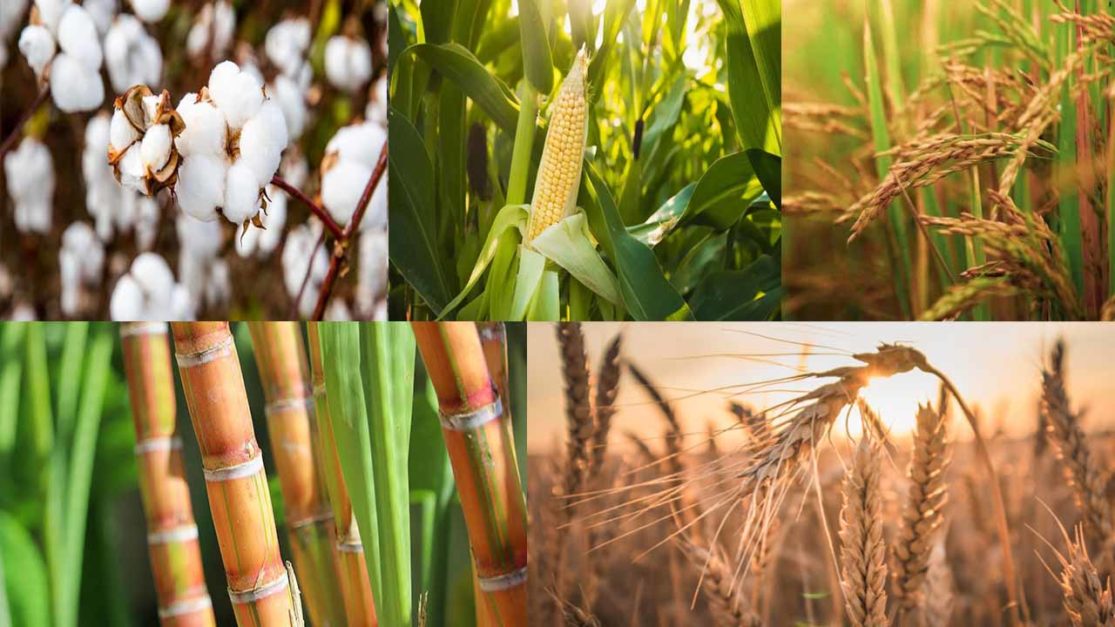
Pakistan is blessed with fertile land and different climatic zones, making it ideal for the cultivation of various crops. The most important crops grown in Pakistan are wheat, rice, sugarcane, cotton, and maize.
Wheat is the staple food of the country, and Pakistan is one of the largest wheat producers in the world. Rice is another essential crop, and Pakistan is one of the largest rice exporters globally.
Sugarcane is cultivated in the provinces of Punjab and Sindh, and Pakistan is one of the top ten sugarcane producers in the world. Cotton is also grown in Punjab and Sindh, and is one of the major cash crops of the country. Maize is another crop that is gaining importance in the country, and is used as a source of animal feed.
Apart from these crops, Pakistan also produces fruits such as mangoes, oranges, apples, and bananas. These are grown in different parts of the country, and Pakistan is especially renowned for its delicious mangoes, which are exported to various countries around the world. Vegetables like tomatoes, onions, and potatoes are also produced in large quantities in Pakistan.
Livestock is another significant sector of agriculture in Pakistan, and is an essential source of meat and dairy products. The country is home to various breeds of cattle, sheep, goats, and poultry.
Facts About the Production of Different Crops in Pakistan
- With 67.1 million tons of sugarcane production, Pakistan is the 5th largest global producer, behind Brazil, India, China, and Thailand.
- Pakistan is also the 7th largest producer of wheat, with 25 million tons of production in 2021.
- The country is the 10th largest producer of rice, with 10.8 million tons of production.
- Pakistan is the 5th largest producer of cotton, with 4.8 million tons of production in 2021.
- With 2.3 million tons of production, Pakistan is the 5th largest global producer of mangoes, just behind India, China, Thailand, and Indonesia.
- The country is also a major producer of onions, with 2.1 million tons of production in 2021, making it the 6th largest producer globally.
Wheat Production and Export Data
Pakistan is the 7th largest producer of wheat in the world, with Punjab and Sindh producing the highest yields. In the last decade, it has made significant progress in increasing its wheat production, with the alluvial deposits along the Indus River enhancing the soil fertility in these provinces.
In 2020, Pakistan exported $5.47M worth of wheat, with Vietnam being the main destination followed by the United Arab Emirates.
Table 1: Wheat Production and Export Data
| Crop | Production | Export Value | Main Destinations |
| Wheat | 7th largest producer | $5.47M | Vietnam, UAE |
Cotton Production and Export Data
Pakistan is the 5th largest producer of cotton in the world, with cotton being grown on 6 million acres by around 1.3 million farmers. The crop generates 5.2% of the value added to agriculture and 0.8% of the GDP, with 51% of all foreign exchange profits in the nation coming from cotton.
The remarkable growth in cotton production has facilitated the emergence of a large and vibrant textile industry in Pakistan. In 2020, Pakistan exported $4.4B worth of raw cotton, with Italy being the main destination.
Table 2: Cotton Production and Export Data
| Crop | Production | Export Value | Main Destinations |
| Cotton | 5th largest producer | $4.4B | Italy, Vietnam, Philippines, Greece, Netherlands |
Rice Production and Export Data
Rice is one of the main crops in Pakistan, with the largest crop size being around 7 million metric tonnes. Pakistan is the 6th largest producer and 4th largest exporter of rice in the world, with the potential to become a world leader in this field.
In the 2021-22 marketing year, Pakistan had a record-breaking rice crop of 8.9 million tonnes. This increase is due to new, higher-yielding hybrid rice varieties, improved agronomic practices, and increased planting areas. In 2020, Pakistan exported about 4 million metric tonnes of rice.
Table 3: Rice Production and Export Data
| Crop | Production | Export Value | Main Destinations |
| Rice | 6th largest producer | 4 million metric tonnes | China, Malaysia, Kazakhstan, United Arab Emirates, Afghanistan |
Sugarcane Production and Export Data
Sugarcane is another major crop produced in Pakistan, with approximately 1 million hectares of sugarcane being grown. Punjab accounts for around 60-65% of the total area under sugarcane cultivation, and Sindh contributes around 40% of Pakistan’s total sugar production.
Maize Production and Export Data
Pakistan is a minor producer of maize (corn) and primarily imports the crop. In 2020, its top export destinations for maize were Sri Lanka, Oman, and Afghanistan.
The top import destination for maize (corn) from Pakistan was the United States, followed by Turkey, Italy, Brazil, South Africa, and Australia.
Challenges in Agriculture in Pakistan: Water and Technology
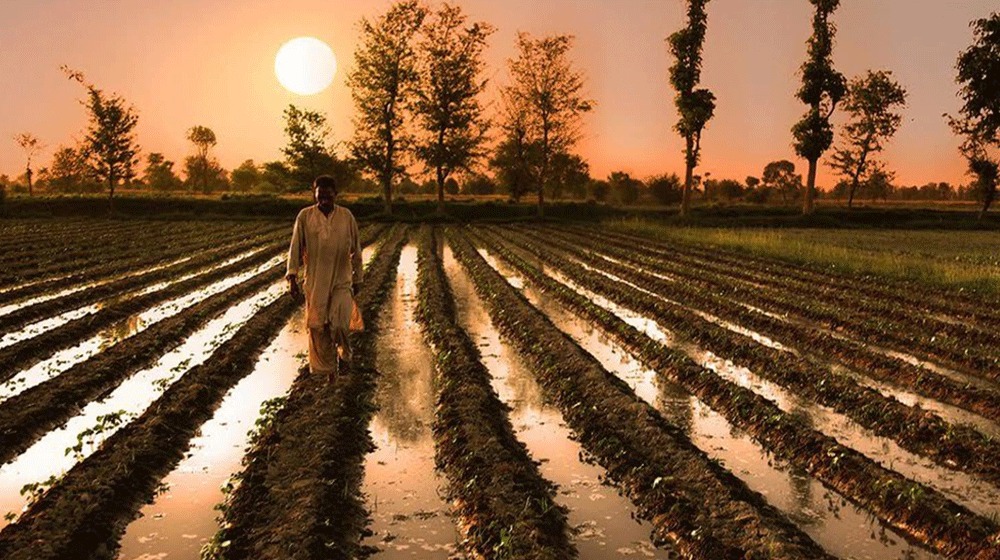
Despite the immense potential of Pakistan’s agricultural sector, there are several challenges that it faces. One of the primary challenges is the water shortage in the country.
Pakistan is one of the most water-stressed countries in the world, and the water available for agriculture is limited. The outdated irrigation system in the country also leads to water wastage and inefficient use of resources.
Another challenge that the agricultural sector faces is the lack of modern technology and equipment. Most of the farmers in Pakistan still use traditional methods, which are time-consuming and less productive.
The lack of access to credit and finances also limits the farmers’ ability to invest in modern technology and equipment.
The government of Pakistan has taken several initiatives to address the challenges faced by the agricultural sector and improve its performance. It has launched several programs to improve irrigation systems and water management practices.
The government has also introduced subsidies and incentives for farmers to encourage the use of modern technology and equipment. However, more needs to be done to improve the situation and make the sector more productive.
Impact on the Economy: A Major Contributor
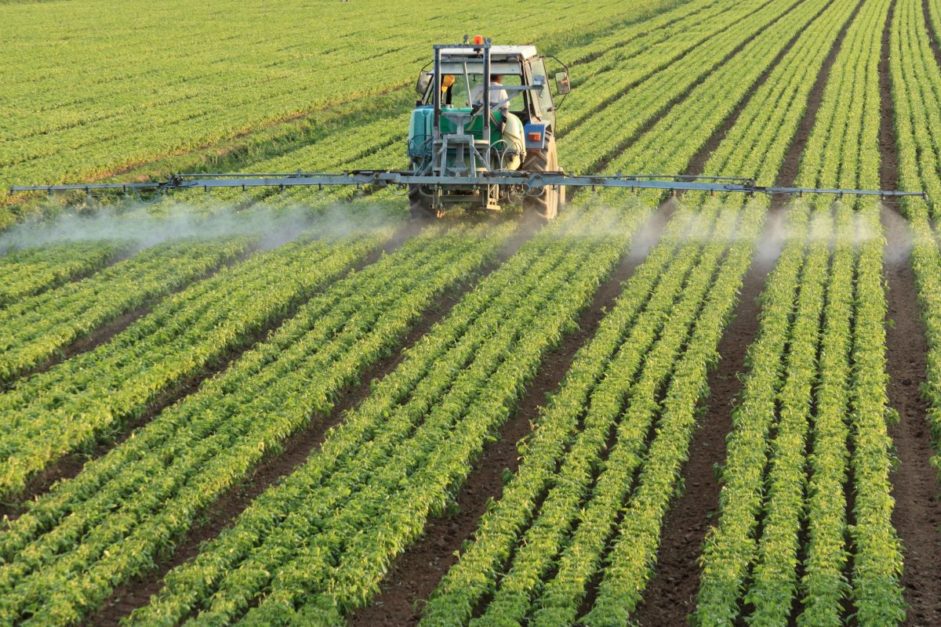
Pakistan’s agricultural sector contributes approximately 20% to the country’s GDP and employs almost 42% of the country’s labour force. The sector provides raw materials to industries such as textiles, sugar, and cement, among others.
It is also a source of foreign exchange earnings, as Pakistan exports various agricultural products to other countries. The agricultural sector’s growth and development have a direct impact on the country’s overall economic growth.
The agricultural sector’s performance also affects the performance of other sectors of the economy, such as industry and services.
The export of agricultural products is a crucial source of foreign exchange earnings for Pakistan. The country’s exports of agricultural products include rice, cotton, fruits, and vegetables. The export of these products contributes significantly to its foreign exchange earnings and helps reduce the trade deficit.
The agricultural sector also plays a critical role in poverty reduction in the country. A large percentage of the population in Pakistan is employed in the agricultural sector, and it provides a source of income and livelihood for millions of people.
The sector’s growth and development can lead to increased income and better living standards for people living in rural areas.
Conclusion: The Future of Agriculture in Pakistan
Pakistan’s agricultural sector has immense potential, and there are many opportunities for growth and development. The government, along with other stakeholders, need to take more concrete steps to address the challenges faced by the sector.
It needs investment in modern technology, equipment, and infrastructure to improve its productivity and efficiency. The future of agriculture in Pakistan depends on the adoption of modern technology and practices, water management, and the development of value chains.
Despite the challenges faced by the sector, agriculture in Pakistan continues to be a major contributor to the country’s GDP and a source of livelihood for millions of people.
To read about Pakistan’s irrigation system, visit Graana.com.
